If you’ve ever seen your dog drool around other dogs, you may be wondering what’s going on. It can be a bit of an embarrassing situation if your pup is slobbering all over the place while interacting with other pooches! But don’t worry – this behavior is completely normal and even expected in many cases. In this article, we will discuss why dogs might drool around each other and how to handle it. We will also cover some signs that could indicate more serious underlying issues with your pet. So keep reading to learn more about why your pup may be drooling when they come into contact with their canine friends!
Reasons Dogs Drool Around Other Dogs
There are a few different reasons why your dog may drool around other dogs.
Anxiety
The most common reason is anxiety. When a pup meets a new canine, they may be feeling anxious about the situation. This triggers the “fight or flight” response in their body, which can lead to them drooling. This is a perfectly normal reaction and should not be cause for alarm.
Fear
Dogs drool in response to fear or anxiety. When your dog is around other dogs, they may be scared and will show signs of anxiety. This can include drooling, trembling, and even barking or other vocalizations. If your dog is consistently displaying these behaviors when around other dogs, it could be a sign that they are feeling overwhelmed or stressed out.
Happiness
When a dog drools around other dogs, it’s usually a sign of happiness. Dogs are social animals and enjoy being in the presence of other dogs. When they encounter another dog, they often let out a happy drool as their way of expressing joy and excitement.
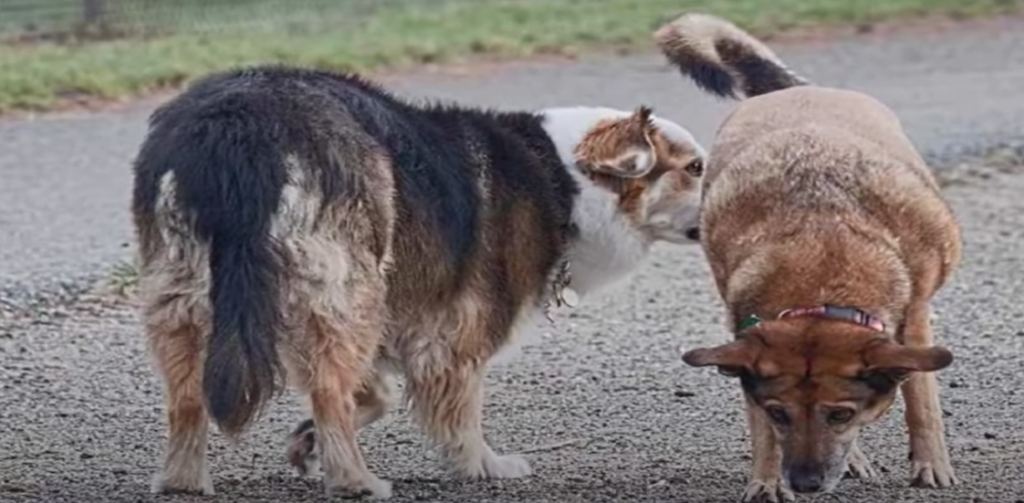
Jealousy
When a dog drools around other dogs, it can be a sign of jealousy or anxiety. This is because the drooling is a sign of submission and can indicate that the dog is trying to appease the other dog. Dogs may drool when they are feeling anxious or threatened, and this could be a sign that they are uncomfortable in the presence of other dogs.If your dog is displaying signs of anxiety when they encounter other dogs, it is important to try and address the issue. Talk to a professional trainer or behaviorist who can give you advice on how best to help your dog become more comfortable around other dogs. They may suggest a change in the environment, introducing new commands and behaviors, or even medication to help reduce anxiety.
Excitement
One of the most common reasons why your dog may start to drool around other dogs is because they are feeling excited or apprehensive. If you’ve ever seen your pup’s tail begin to wag when they spot another dog, chances are their drool glands have taken note of the situation and are preparing to do their job.While some breeds tend to be more excitable than others, it’s important to remember that excitement can come with either positive or negative connotations. If your pup is feeling excited because they’re happy to see another dog, the drooling is most likely paired with a wagging tail, bright eyes, and an overall pleasant demeanor. However, if your pet appears anxious or scared, the drooling may be a sign of fear or discomfort.In either case, it can be helpful to pay attention to your dog’s body language to get a better understanding of what they’re feeling. If your pup is feeling scared or anxious, it may be best to keep them away from the other dog until they feel more comfortable and relaxed.
Unfamiliar Or Scents Of Food
When a new dog enters a space, an already familiar one can be overwhelmed with curiosity. This is especially true if that unfamiliar canine brings an unfamiliar scent with them. Your pup may start drooling at the mere thought or smell of food that the new dog might have brought into the area. If you notice your pup drooling when it’s just the two of them, there could be a treat hidden in that new dog’s coat or pocket!
Illness
If your dog drools excessively when they’re around other dogs, it could be due to an illness or injury. If your dog’s drooling is accompanied by symptoms like shaking, vomiting, diarrhea, or general lethargy and lack of energy, it’s possible they could be ill or have suffered a physical injury. In these cases, you should take your dog to the vet immediately to get them checked out. [1]

Excessive Drooling: When To Worry
Excessive drooling in dogs is generally not a cause for concern, however, excessive saliva production can be an indication of underlying medical issues. If you notice your dog producing an excessive amount of saliva around other dogs, or if the drooling is accompanied by any signs of distress such as panting or shaking, it is best to bring them to the vet for a check-up.
Potential issues that can be causing excessive saliva production in dogs include dental disease, allergies, hormonal imbalances, gastrointestinal problems such as pancreatitis or other diseases. Your vet may be able to determine the cause of your dog’s drooling and provide treatment.
Ultimately, it is important to monitor your dog’s drooling and bring any changes or excessive saliva production to the attention of your veterinarian, who can help determine the cause and provide treatment if necessary. With proper care and medical attention, your pup will be able to feel comfortable and healthy in any situation. [2]
Breed Type Definitely Plays A Role
When it comes to why your dog drools around other dogs, you may be surprised at how much breed type can play a role. Some breeds, like the Saint Bernard, are known for their heavy drooling. On the other hand, some breeds such as Basenjis and Chihuahuas are rarely known to drool at all. While there may be individual dogs who break from their breed’s typical behavior, breed type is still an important factor to consider when trying to determine why your dog drools around other dogs.
Another breed-specific behavior that might explain why your dog drools around other dogs is something called “submissive urination.” This is when a dog will release a small amount of urine or drool when feeling intimidated. This is a sign of submission and can be seen in many breeds.
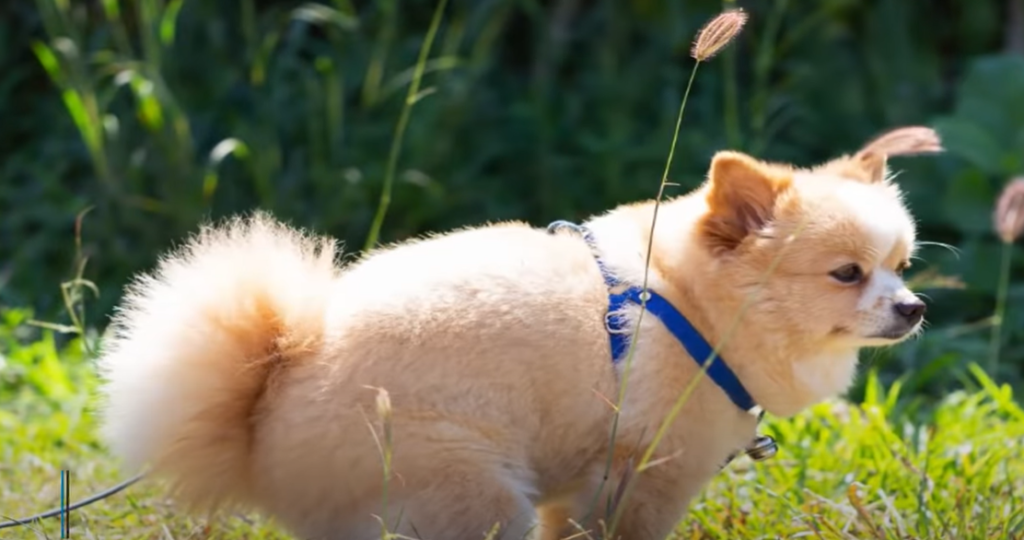
How To Deal With A Drooling Issue
If your dog seems to drool excessively around other dogs, there are some steps you can take to help reduce the problem. Try engaging in some positive reinforcement training with your dog. Praise them for not drooling when they are around other dogs and offer treats as an incentive.
Socialize Your Dog
Socializing your dog is the first step in eliminating drooling caused by other dogs. It’s important to introduce your dog to other dogs, people, and situations early on. The more comfortable your pup is with the surroundings, the less likely they’ll be to drool out of anxiety. Start small by introducing them to your friends and family, or take them to dog-friendly parks or events. [3]
Be Ready To Clean Up
When it comes to drooling around other dogs, you need to be prepared for a mess. Your pup may not realize what’s going on and may not understand why they’re drooling. However, it’s important to be patient with them and let them get used to the situation. Clean up after your pup and make sure they’re not leaving a mess behind that might be uncomfortable for other dogs or people.
It’s also important to understand that drooling may be a sign of anxiety or stress. If this is the case, you may want to consider speaking with a veterinary behaviorist and finding ways to help your pup feel more comfortable in new situations. With patience, understanding, and appropriate training, you can help your pup learn to manage their anxiety and get them used to being around other dogs. And eventually, they may even stop drooling when they’re around other dogs! [4]
When It’s Time To See The Veterinarian
In some cases, excessive drooling can indicate a medical issue or disease. If your dog is drooling excessively when around other dogs, it’s a good idea to have them checked out by your veterinarian. The vet can help determine if there’s an underlying cause—such as a dental issue or infection—and will discuss the best course of action to take. In addition, your vet can recommend treatments that may help reduce your dog’s drooling, such as medication or dietary changes. If your vet determines that the problem is behavioral, they may refer you to a trainer or behaviorist who can help you develop a plan to address the issue.
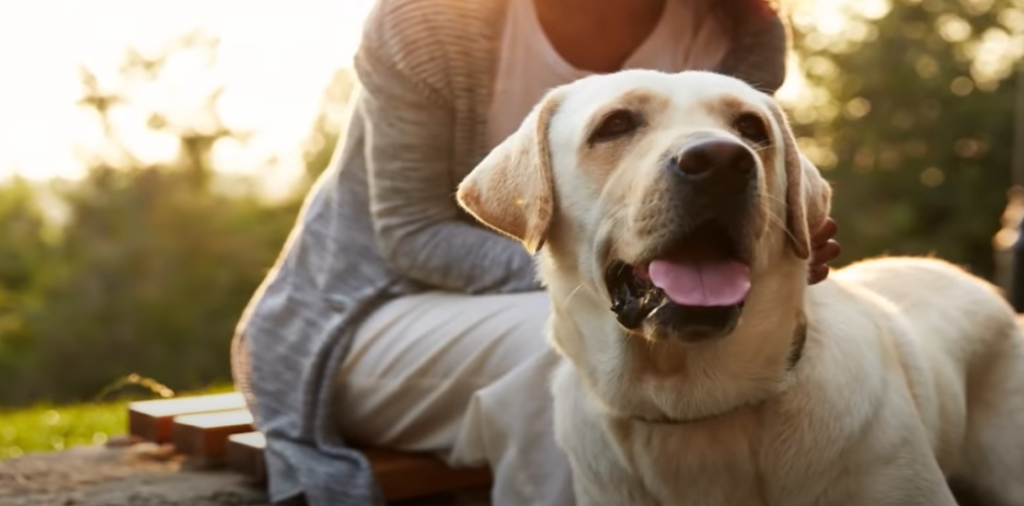
FAQ
Do dogs drool when aggressive?
It is possible that a dog may drool when aggressive, but this is not always the case. Many dogs will show signs of aggression such as growling, raised fur, and baring teeth before drooling. If your dog is drooling in combination with other aggressive behaviors, it is important to remove him or her from the situation and consult an animal behavior specialist for further advice.
Why do dogs drool when anxious?
Dogs drool when they are anxious due to a combination of stress hormones and instinctive behaviors. When dogs feel stressed, they release cortisol, a hormone which can cause drooling. Additionally, dogs may instinctively lick their lips and pant when they are feeling anxious or overwhelmed. This behavior is usually an attempt to self-soothe, and may indicate that the animal is feeling uneasy about a situation. In particular, if a dog is around another animal or human it doesn’t know, this behavior may be more prominent.
Is it normal for dogs to drool while playing?
Yes, it is normal for your dog to drool while playing with another dog. When dogs are engaged in social play, they may express excitement by exhibiting behaviors like drooling. This is a sign of contentment, and it’s often accompanied by other signs like wagging the tail and exhibiting a relaxed posture. If your dog starts to drool when playing with other dogs, it may be because they are feeling happy and relaxed.It is also possible that your dog is feeling stressed and anxious while playing, which could cause them to drool. If the drooling continues or is accompanied by other signs of stress such as panting, whining, or pacing, it could be a sign that your dog is feeling overwhelmed or scared and you should take them to a veterinarian for an evaluation. In conclusion, it is normal for your dog to drool while playing with another dog, however it may also be a sign of stress and you should monitor the situation closely to ensure your pet is comfortable.
What are the warning signs of aggression in dogs?
When a dog is feeling aggressive, there are usually certain warning signs that can let you know. These may include growling, snarling, showing teeth, hackles raised, tense body language, and avoiding eye contact. If your dog is exhibiting any of these behaviors when it comes into contact with another dog, it may be a sign of aggression. It’s important to remember that dogs drool for various reasons, and the drooling itself is not a sign of aggression. However, if your dog is showing other warning signs and also drooling, it could be an indication that it is feeling overly aggressive. If you notice your dog drooling around other dogs, it’s important to stay vigilant and observe your dog’s body language, behavior, and reactions to the other dog. If you notice any signs of aggression, it may be best to remove your dog from the situation before it escalates.
What are signs of aggression in dogs?
When dogs display certain behaviors around other canines, it can be a sign of aggression. These signs include growling, snarling, lunging, and barking. A dog may also show signs of aggression by pinning another dog down with their body or staring intently at them. Any of these behaviors can be a sign that the dog is feeling threatened or is uncomfortable with the presence of another canine. If your dog is displaying any signs of aggression, it’s important to separate them from the other canine and provide a safe environment.
What are critical signs of stress in dogs?
When a dog is stressed, he can display many different signs. Some of the most common signs include: panting, whining, trembling or shaking, avoiding eye contact, hiding or cowering, barking or growling, salivating excessively (drooling), and pushing their head into a corner or under furniture.In particular, drooling around other dogs is a sign of stress or anxiety in your dog. Dogs communicate with one another largely through body language and facial expressions, so when they are feeling overwhelmed or uncomfortable around another dog, they may show signs of stress.
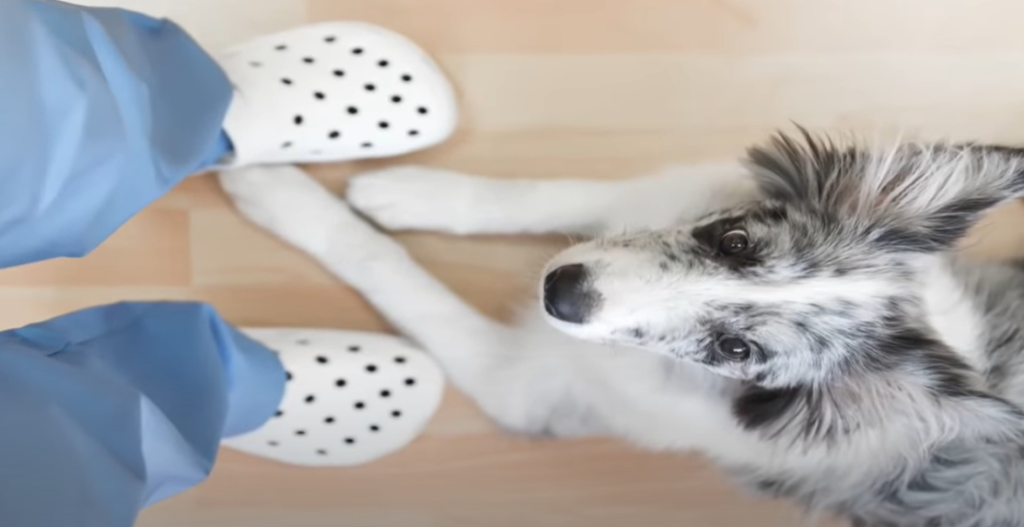
How do I get my dog to stop drooling around other dogs?
When it comes to getting your dog to stop drooling around other dogs, the most important thing is understanding why your pup is demonstrating this behavior in the first place. Many times, drooling can be a sign of excitement or anxiety in dogs. If your pup is feeling anxious around other dogs, they may be more likely to drool excessively.
Is drooling a stress response in dogs?
It’s possible that drooling around other dogs is a sign of stress in dogs. Drooling can be a way for them to try and appear non-threatening. Dogs may also drool when they are feeling overwhelmed or intimidated by another dog. The saliva can also be a sign of submission if the dog is feeling threatened.
How do you calm a stressed dog?
Dogs can become stressed or anxious when they are around other dogs, and this can cause them to drool excessively. It is important to identify the signs of stress, such as panting, trembling, or avoiding eye contact. When these signs are observed, it is important to take action to try and calm the dog. One of the best strategies to calm a stressed or anxious dog is to provide it with a safe space to retreat to if it feels overwhelmed. This could be a corner of the room, or behind a piece of furniture where they can retreat and feel safe and secure. Additionally, providing your dog with lots of positive reinforcement when they are around other dogs will help to reduce their stress levels. You can do this by providing treats and praising your dog when they are behaving appropriately. Making sure to keep greetings between dogs short and sweet is also important, as prolonged or overly-energetic greetings can raise stress levels. Finally, it is important to remain calm and patient when dealing with a stressed dog, as your own energy can affect their behavior.
How does a dog show dominance to another dog?
Dogs often show dominance over other dogs through body language and behavior. A dominant dog might stand tall, appear alert and vigilant, stare at the other dog, and even use vocalizations like growls and barking. In addition to these behaviors, some dogs will also drool in order to show dominance. It’s thought that drooling helps spread a dog’s scent around, allowing them to assert their presence and stake their claim over a particular area. This is especially important in situations where two dogs are vying for the same resource, like food or a toy. In order to demonstrate their dominance, a dog may drool to assert their dominance over the other dog and mark their territory.
Useful Video: Why Does My Dog Drool So Much?
Conclusion
When a dog drools around other dogs, it can signify that they are feeling happy and excited to interact with them. It is important to remember that the drooling could also be a sign of stress or fear. If you notice your dog drooling around other dogs, it is important to observe their body language and behavior, so you can determine the reason for their drooling. If it is due to stress or fear, try to remove your dog from the situation and provide them with reassurance. If it is a sign of happiness, allow them to interact with the other dogs but be sure to keep an eye on them and intervene if necessary. With the right care and attention from you, your dog’s drooling around other dogs can be a sign of positive interaction.
References:
- https://peteducate.com/why-does-my-dog-drool-around-other-dogs/
- https://petadvisers.com/why-does-my-dog-drool-around-other-dogs/
- https://palmypaws.com/why-does-my-dog-drool-around-other-dogs/
- https://www.pawesome.net/why-does-dog-drool-around-other-dogs/

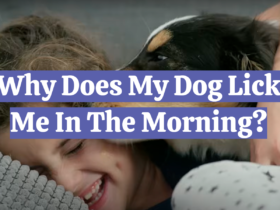
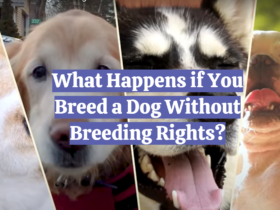
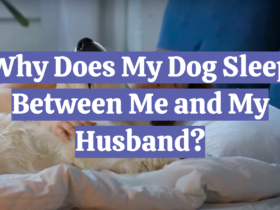
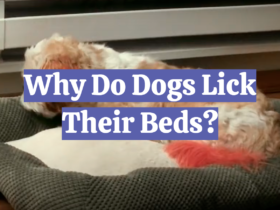

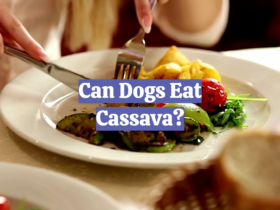



Leave a Reply